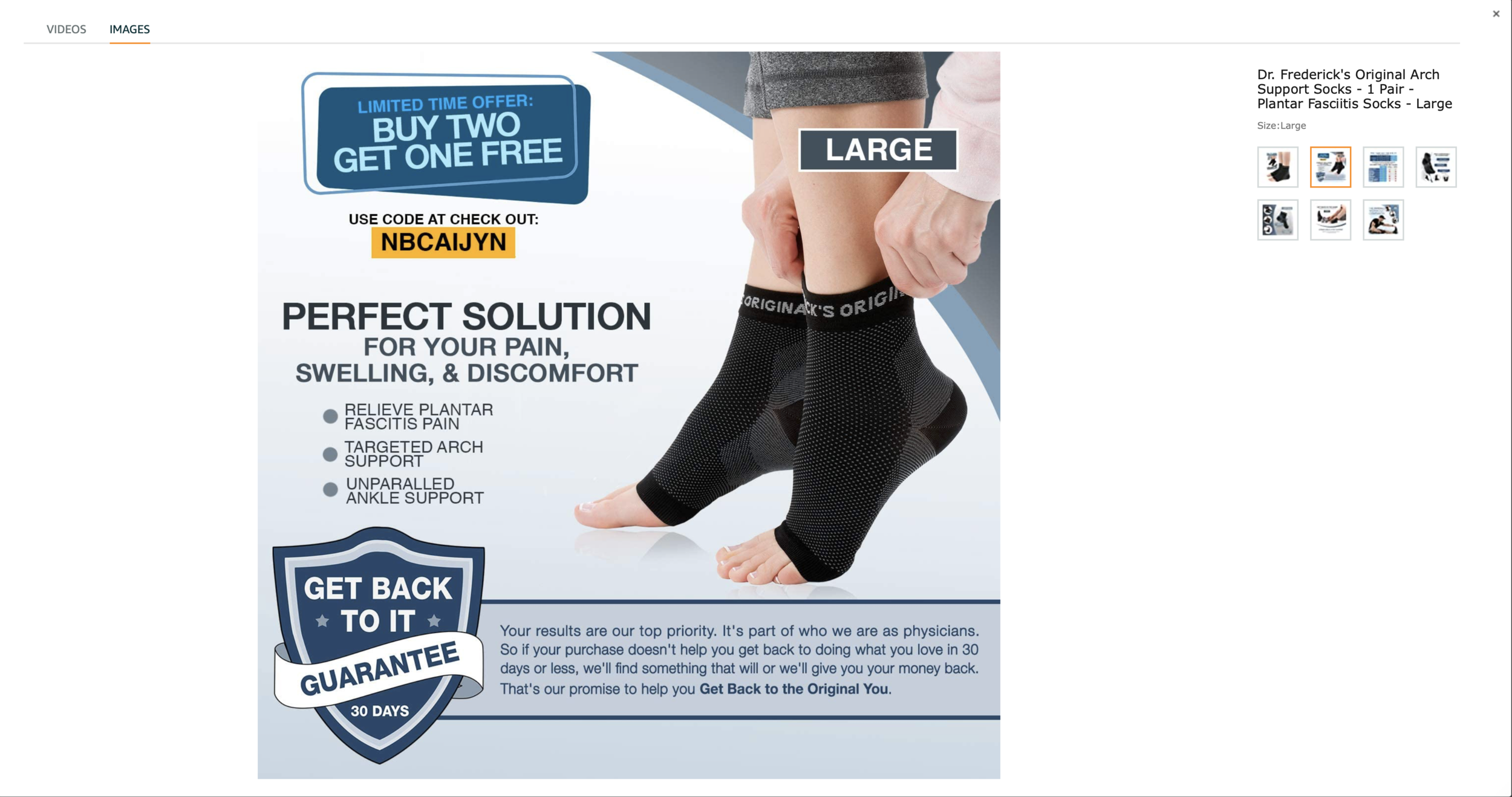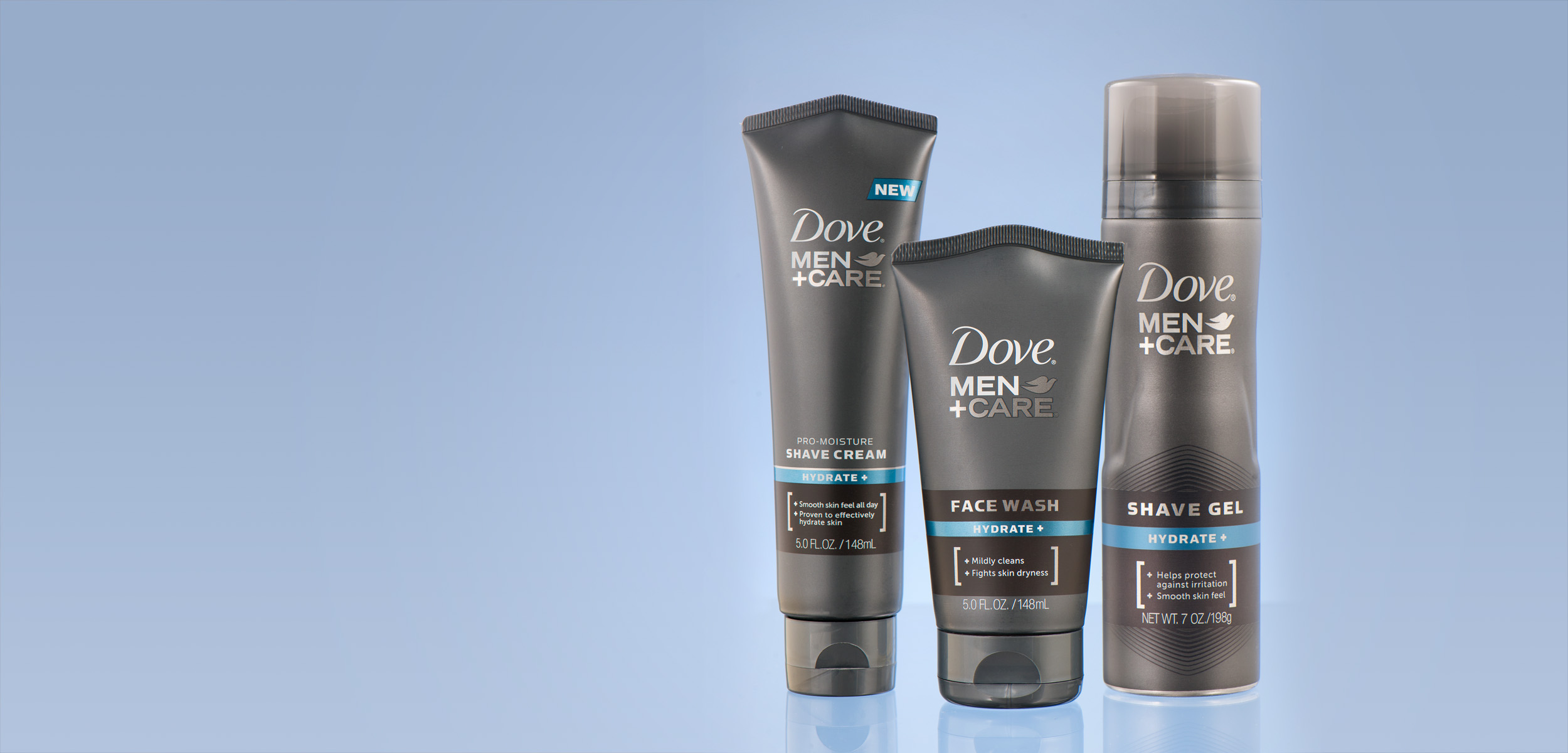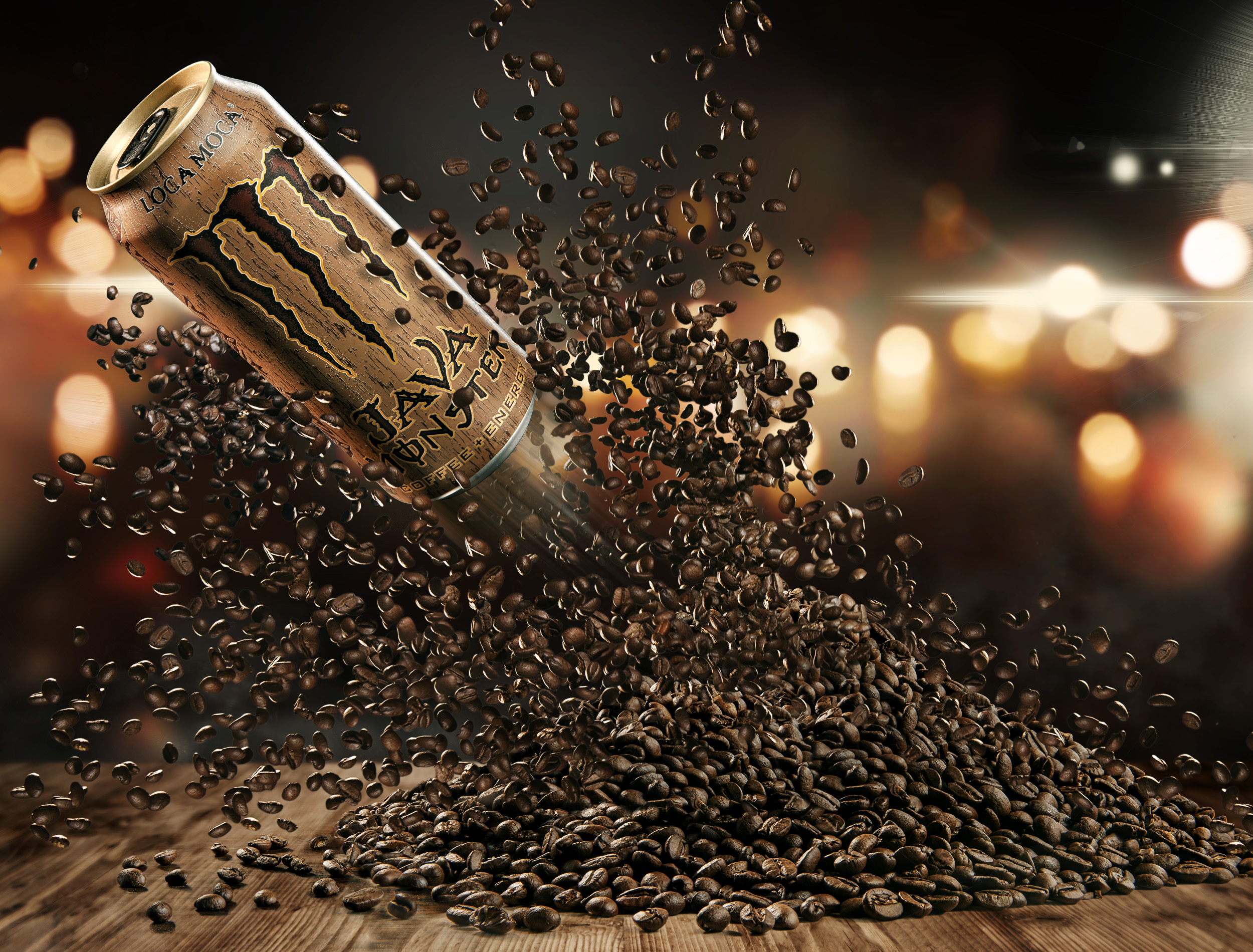We all know Amazon is filled with thousands and thousands of products, all vying for the same consumer attention. So then, you might ask yourself, how can I offer something genuinely unique that my competitors don't? The answer really can be as simple as hiring out custom product photography. To truly make your mark, your commercial product photography and graphic design should be distinctive from your competitors but also be on-brand with your company identity. When you decide to use a custom photography studio, it means there is something inherently original about your brand that competitors cannot copy and will set you apart from the crowd.
Do your research on your competitor's packaging when designing your own. This upfront homework will give you insights on current trends and designs, putting you in a better position to create something that stands out from the rest. Product photography, lifestyle photography, typography, color, packaging shape, design, and materials can be great ways to differentiate yourself and your brand.
Original Product Photo
Finished Package Design (Screenshot from Amazon)
Consider Hiring a Pro
Travis Duncan Photography specializes in superior product photography for eCommerce, print advertising, and digital campaigns. Our studio promises to bring individualized attention to your project while also bringing cutting edge concepts, fresh ideas, and techniques, and also years of industry expertise to the table. We are located in the Mid-West and are always budget conscious, dependable, extremely knowledgeable, and offer expert photo retouching for projects of all sizes.
Whether you need a small tech gadget photographed or a large piece of industrial equipment, we offer high resolution imaging that genuinely brings your product to life. In today's digital economy, the main listing image is the first and most important chance you have to present your product and brand in the best way possible. With this in mind, we go above and beyond in our product photography studio to produce images that sell our clients' products every time.
The hero photo (or main image) on your Amazon listing must have a white background and fill 80% of the image area with no distracting elements. Some sellers may get away with graphics, but many times their product listing will get ranked much lower in the search results. Our studio will shoot white background images right here in our Central Missouri studio with professional studio lighting equipment and masterful technique to ensure a premium listing of your product. We begin by preparing and cleaning your products before they even make it onto the set. Some times this only requires a few minutes, while with other jobs it can take more than a day or two in prepping your items. After principle photography has wrapped, we will then edit & retouch all client selects for any blemishes, dust, fingerprints, or smudges for a "larger than real life" finished photo that is ready for publishing on your listing, digital campaign, and in print. If you're looking for pure product photography for selling your products online, call today for a free custom estimate.
Finished Package Design (Screenshot from Amazon)
First Impressions Matter
Photos are a central and critical part of any online shoppers' decision-making and will ultimately affect your sales percentages. Having high-quality product photography reflects your brand image, creating the infamous first impression. Data shows, it takes the average shopper less than 19 seconds to decide whether or not they are going to buy a product, and for the majority of shoppers it is less than a 10 second decision. This fact means that most likely, shoppers are not carefully reading through your product bullet points and description at first. Most likely, they are making their initial purchasing decision by scrolling through your product photos.
This short time frame puts a lot of responsibility on your product photography and packaging to communicate your product's key benefits and convince consumers to buy inside that 20 second window. You don't have the time to clutter your packaging with long blocks of copy or extraneous content. Be clear about your product, and do so in a concise, eye-catching way.
Brands have found many creative techniques for communicating in simple, yet engaging ways. For example, pull quotes are a unique mechanism for featuring product benefits, consumer reviews, and other brand messages. Think about similar techniques you can use to explain your product and tempt the consumer to purchase quickly. Yes, this is a challenge. But when done well, it can send your sales through the roof. The most critical step is to make sure the shoppers' first impression is impactful and to present a polished, professional product photograph, and clean design that evokes maximum engagement.
Finished Package Design (Screenshot from Amazon)
Original Photography
Another excellent method to distance yourself from your competition online is by creating unique lifestyle photography that will showcase your product in a real-world scenario. Many stock images today are quite good, but at the same time, have become somewhat synonymous with cheap Chinese knockoff brands. These companies simply don't have the budget or desire to create high-quality custom lifestyle & studio photography with real models, giving you the opportunity to set your brand apart with custom product photography. There is simply no better way to get shoppers to visualize how their life will improve through owning your product, than by showcasing your product in a lifestyle setting.
Finished Package Design (Screenshot from Amazon)
Original Photography
Outsourcing Amazon Product Photography
Like most busy entrepreneurs, you probably don't have the time that is required to make high-quality photos of your product, and so outsourcing this task to a professional is your best use of time and money. Professional product photographers can produce high-quality images from a variety of angles much quicker, and with professional results getting you to market sooner. Here are four suggestions on why you should consider outsourcing this task:
Save Time: Photo shoots and image enhancements can be extremely time-intensive, especially if the product has unique physical attributes, and/or you are not overly skilled in the photo retouching department.
Lack of Experience: Focusing on other areas of your business is a much smarter use of your time, such as marketing, sales, and sourcing. Trying your hand at DIY commercial product photography when you don't possess the expertise, know-how, and experience to troubleshoot problems when they inevitably arrive, can lead to frustration and delays in getting out to market ahead of your competitors.
Software learning curve: After taking a photo with a camera, there's a lot more to do on the software side for photo retouching and enhancements. It is hard to learn and master that software quickly while you're busy marketing your product-based business.
Professional Facility & Tools: Apart from all of the above inconveniences, professional commercial product photographers are worth the investment. With a dedicated facility and expertise, you owe it to yourself and your business to find a reputable studio and expert photographer who will provide you with photos that you would not have been able to produce yourself.
Finished Package Design (Screenshot from Amazon)
Travis Duncan Photography | Advertising • Corporate • Motion
Web - www.travisduncan.com
Studio - 573-893-9917





















